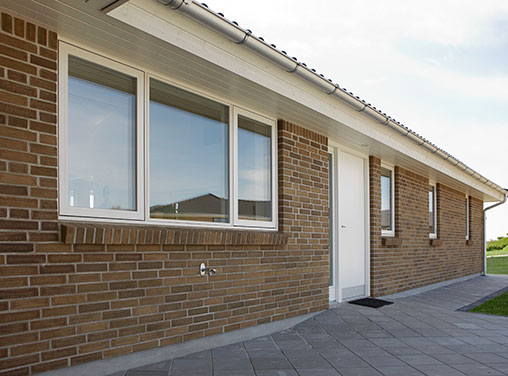Energy-efficient windows lose a very small amount of heat; i.e. they have a low U-value. This is achieved with effective insulation between the wood and aluminium in the construction. Energy-efficient windows with double- or triple-glazing and energy-efficient glazing bars help to minimise heat loss. Energy-efficient windows have narrow frames, which ensure that daylight and warmth from the sun can enter.
The heat loss through a window is indicated by the U-value, which in turn indicates the amount of energy, measured in watts, flowing through one square meter of construction per hour (W/m²K). The lower the U-value, the less heat loss. The first energy-efficient windows from the 1980s had a U-value of about 2. After the year 2000, Plus-energy windows halved that number.

